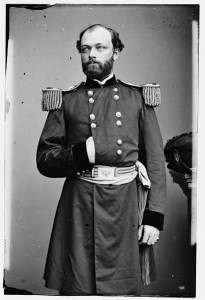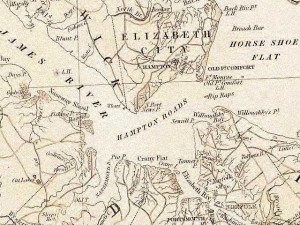From The New-York Times June 1, 1861:
THE CALCIUM LIGHT.
This powerful light, now on trial at Old Point Comfort, is an improvement on the old Drummond light. It is produced by the combustion of pure lime — oxyde of calcium — in the flame of the oxy-hydrogen blow-pipe. When this combustion takes place in the focus of a reflector of parabolic form, a cylinder of intensely illuminated rays is projected along the axis of the paraboloid. A cone of rays of any required degree of divergency, is produced at pleasure, by moving the flame in either direction along the axis.
This light was officially recommended to the War Department about a month since, by Lieut. GILLMORE, Corps of Engineers U.S.A., as an efficient method of illuminating everything within effective gun-range, in our fortified channels and roadsteads. The Department promptly acted on Lieut. GILLMORE’S suggestion that a thorough trial of the light should at once be made as Fortress Monroe, Virginia. The Union Defence Committee furnished the means required for this purpose. The proprietor of the light is now at Fortress Monroe.
Quincy Adams Gillmore graduated first in his class at West Point in 1849 and served in the army as an engineer. “From 1849 until 1852, he was engaged in constructing the fortifications at Hampton Roads in coastal Virginia.” He had a big role in the Civil War.
Calcium Light (also known as limelight was mostly used for stage lighting. You can see a Recruiting Broadside for the Calcium Light Regiment at Weehawkenhistory.
Once again the Union Defence Committee is helping out Uncle Sam.


